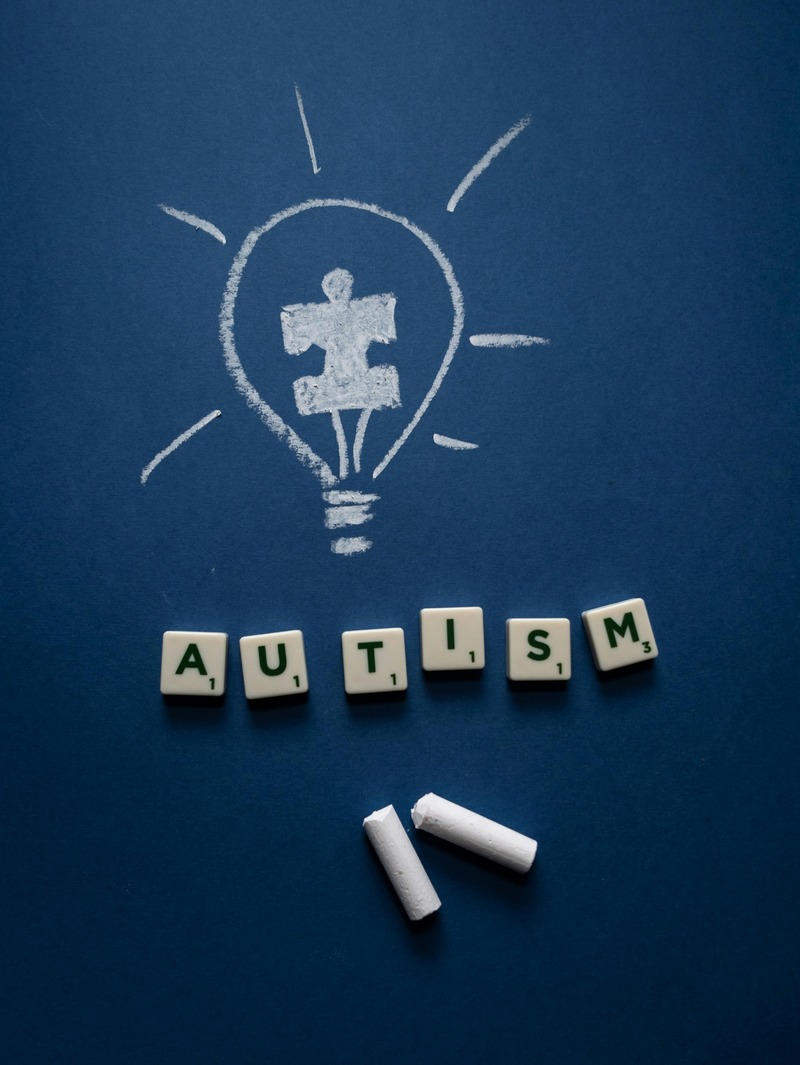The concept of autism self advocacy within the realm of Applied Behavior Analysis (ABA) therapy is gaining momentum as individuals on the spectrum take the reins of their own therapeutic journeys. It involves empowering autistic individuals to have a voice in the ABA services they receive, ensuring that therapies align with their personal needs and values. This empowerment stems from a deeper comprehension of one’s rights, the ability to articulate personal preferences, and the understanding that those with autism are the primary stakeholders in their care.
Encouraging self advocacy in ABA settings can lead to more personalized and effective interventions. To facilitate this, individuals on the autism spectrum must be equipped with knowledge about ABA methodologies, their rights to consent or dissent, and how to communicate their needs effectively to therapists and caregivers. Autism self advocacy networks play a pivotal role in disseminating this information and fostering a supportive community where experiences and strategies can be shared.
For those seeking to delve deeper into the world of autism advocacy and ABA, a wealth of resources awaits. Visit me at louisscarantino.com to learn more about how to navigate these networks and become an empowered participant in your therapy process.
The Role of ABA Therapy in Autism Advocacy

ABA therapy, or Applied Behavior Analysis, plays a significant role in autism advocacy by providing a structured approach to understanding and improving behaviors that are of social significance. While ABA therapy has historically been the subject of debate within the autism community, its role in advocacy is evolving as practitioners increasingly recognize the importance of incorporating the individual’s voice into the therapeutic process.
Effective ABA therapy programs are now seen as those that not only focus on behavioral outcomes but also respect the autonomy and preferences of the autistic individual. This shift underscores the importance of ABA therapists working collaboratively with individuals on the spectrum to set goals that are meaningful and personally relevant to them. By doing so, ABA therapy can support self-advocacy by helping individuals gain the skills necessary to express their needs and make informed decisions about their own lives.
Additionally, ABA therapy can contribute to advocacy efforts by teaching skills that enable independence and self-determination. From communication enhancements to social interaction improvements, the strategies employed in ABA can serve as tools for individuals with autism to advocate for themselves in various settings, be it at school, work, or within their communities.
Challenges and Critiques of ABA for Autistic Self Advocates

While ABA therapy is a widely recognized intervention for autism, it is not without its challenges and critiques, especially from within the autism self advocacy network. Some autistic self-advocates express concerns that traditional ABA therapy can be overly prescriptive, focusing on making autistic individuals conform to neurotypical standards of behavior rather than embracing neurodiversity.
One of the primary critiques is that ABA therapy has historically emphasized compliance and the reduction of “undesirable” behaviors without adequately considering the individual’s perspective and consent. This approach can potentially lead to a suppression of the autistic individual’s natural behaviors and coping mechanisms, which are often essential for their comfort and expression.
Moreover, there are concerns about the intensity and duration of ABA therapy sessions, which can be demanding and exhausting for autistic individuals. The potential for ABA to become an aversive experience is a significant issue raised by the self-advocacy community. These challenges call for a reevaluation of ABA practices and a shift towards methods that are more aligned with the values of autonomy, respect, and acceptance.
Consequently, the dialogue between ABA professionals and the autism self advocacy network is crucial in reforming ABA practices. It is essential to ensure that ABA therapy aligns with the principles of autism self advocacy, promoting an individual’s right to be heard and to participate actively in their own therapy decisions.
Strategies for Navigating ABA Networks as an Autistic Individual

Navigating ABA networks can be a complex process for autistic individuals and their families. To ensure that the benefits of ABA therapy are maximized while adhering to the principles of autism self advocacy, several strategies can be employed.
- Researching Providers: Start by researching ABA providers to find those that have a positive reputation among the autism community. Look for therapists who prioritize individualized plans and respect the unique needs and preferences of each person.
- Open Communication: Establishing open lines of communication with therapists is crucial. Autistic individuals should feel comfortable sharing their feelings and preferences, and therapists should actively listen and adapt the therapy accordingly.
- Advocacy Skills: Developing self-advocacy skills is essential. This includes learning how to articulate needs and desires, as well as understanding one’s rights within the therapeutic process.
- Collaborative Goal Setting: Participating in the goal-setting process ensures that therapy objectives align with the personal goals and aspirations of the autistic individual, rather than solely focusing on externally imposed outcomes.
- Feedback Mechanisms: Implementing regular feedback mechanisms can help monitor the progress and satisfaction with the therapy, allowing for ongoing adjustments that reflect the individual’s evolving needs.
By adopting these strategies, autistic individuals can exercise greater control and ownership over their ABA therapy, making it a more empowering and personalized experience. It underscores the importance of incorporating the core tenets of the autism self advocacy network aba into everyday practice, ensuring that therapy is not just an intervention but a supportive tool for personal growth and development.
Building a Supportive ABA Network for Autism Self Advocacy

For individuals on the autism spectrum, building a supportive ABA network is a vital step towards effective self-advocacy. This network can provide a foundation for empowerment, understanding, and mutual respect, which are critical for successful outcomes in therapy and beyond.
- Engage with the Autism Community: Connect with local and online autism advocacy groups to gain insights and support from others who have navigated ABA networks. This peer-to-peer support is invaluable for sharing experiences and strategies.
- Professional Collaboration: Creating a collaborative environment with ABA professionals encourages a partnership approach. Professionals who are responsive to feedback and willing to adapt their methods can become integral members of the support network.
- Educational Resources: Utilize educational resources to stay informed about the latest developments in ABA therapy and autism advocacy. Knowledge is power, and staying educated helps in advocating for the most effective therapeutic approaches.
- Mentorship Opportunities: Seek mentorship opportunities with those experienced in ABA and autism advocacy. Mentors can provide guidance, advice, and a model for effective self-advocacy within the network.
- Interdisciplinary Approach: Embrace an interdisciplinary approach by including other professionals such as occupational therapists, speech therapists, and educators within the ABA network. This creates a comprehensive support system that addresses a wide range of needs.
Building a supportive ABA network for autism self advocacy is not a one-size-fits-all endeavor. It requires a personalized approach that respects the individuality of each autistic person. By fostering a network that is grounded in respect, collaboration, and empowerment, individuals on the spectrum can better advocate for their needs and preferences within the ABA framework.
Empowering Autistic Voices within ABA Frameworks
Empowerment is at the heart of self-advocacy, especially within the context of ABA (Applied Behavior Analysis) frameworks. For autistic individuals, having their voices heard and their choices respected is essential in creating a therapy environment that truly supports their growth and well-being.
Autistic voices are not merely participants in their ABA therapy; they are leaders and advocates for their own lives. By actively participating in the decision-making process regarding their therapy goals and methods, they assert control over their journey. Therapists who encourage this level of participation are key allies in the empowerment process.
- Personalized Goals: Therapy goals should be personalized and reflect the individual’s aspirations, not just clinical objectives. This ensures that the therapy is meaningful and motivating to the person receiving it.
- Consent and Choice: Ensuring that autistic individuals have the ability to give or withhold consent and make choices about their therapy fosters a sense of agency and self-respect.
- Advocacy Skills: Teaching and reinforcing advocacy skills within therapy sessions prepares individuals for greater self-advocacy outside of therapy.
- Respectful Communication: Communication styles should be adapted to meet the individual’s needs, ensuring that they feel understood and valued.
As a community, it’s our responsibility to support autistic individuals in their quest for self-determination within ABA frameworks. This means listening to their experiences, learning from their insights, and adjusting our approaches to therapy accordingly. Empowering autistic voices leads to more effective and respectful ABA practices that honor the individuality of each person on the spectrum.
For more insights and resources on how to empower autistic individuals within ABA therapy, visit me at louisscarantino.com to learn more!
